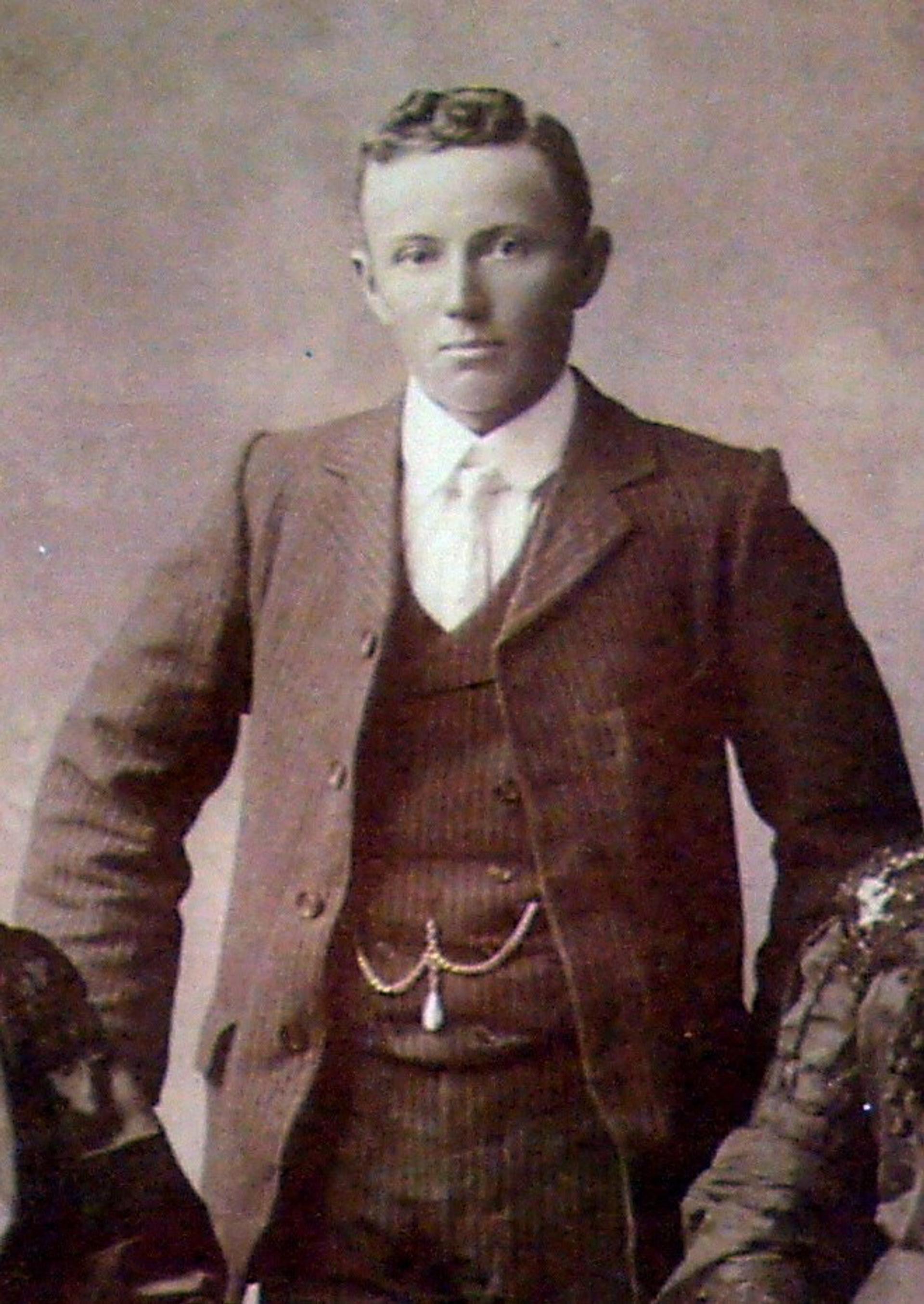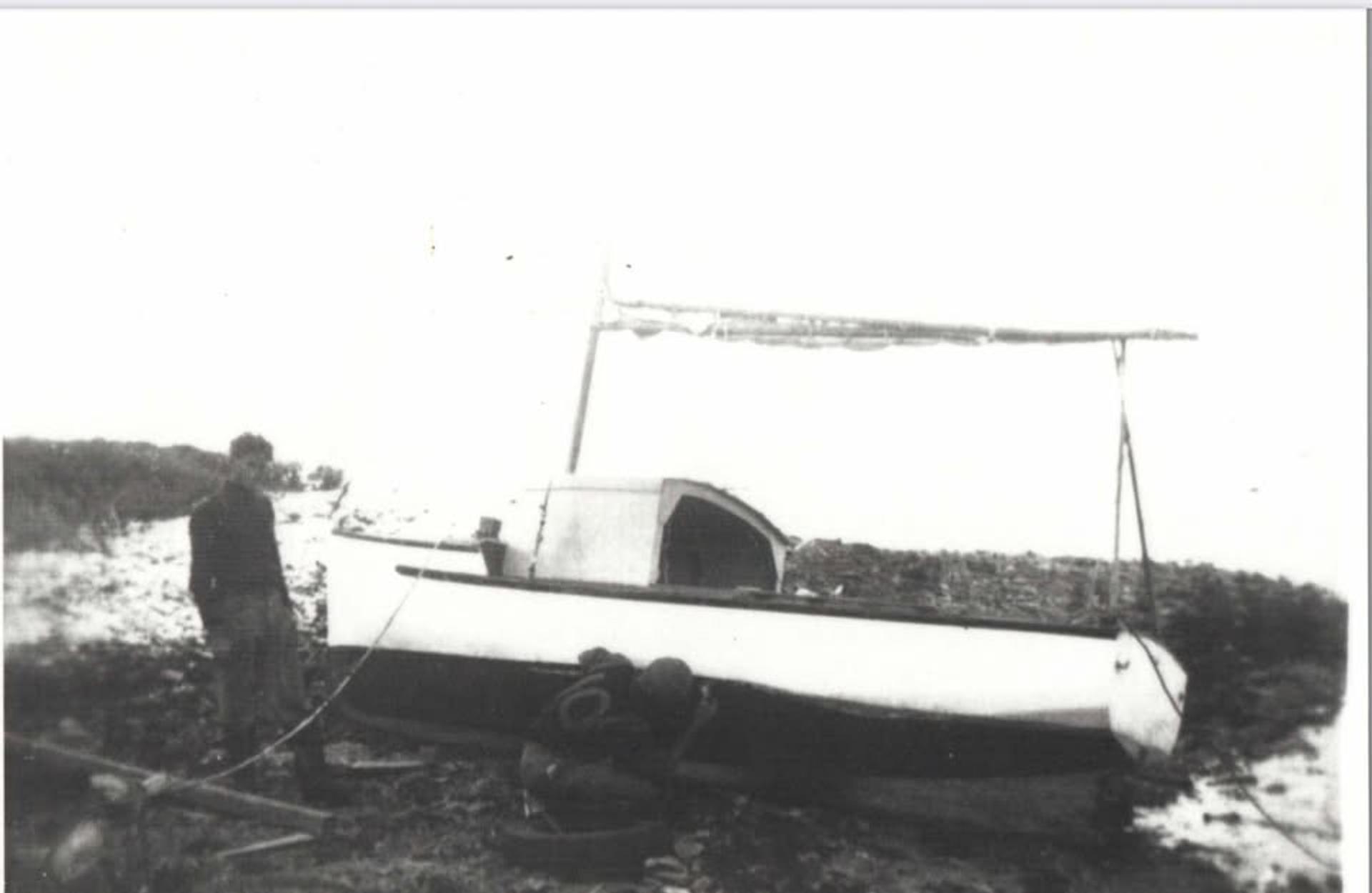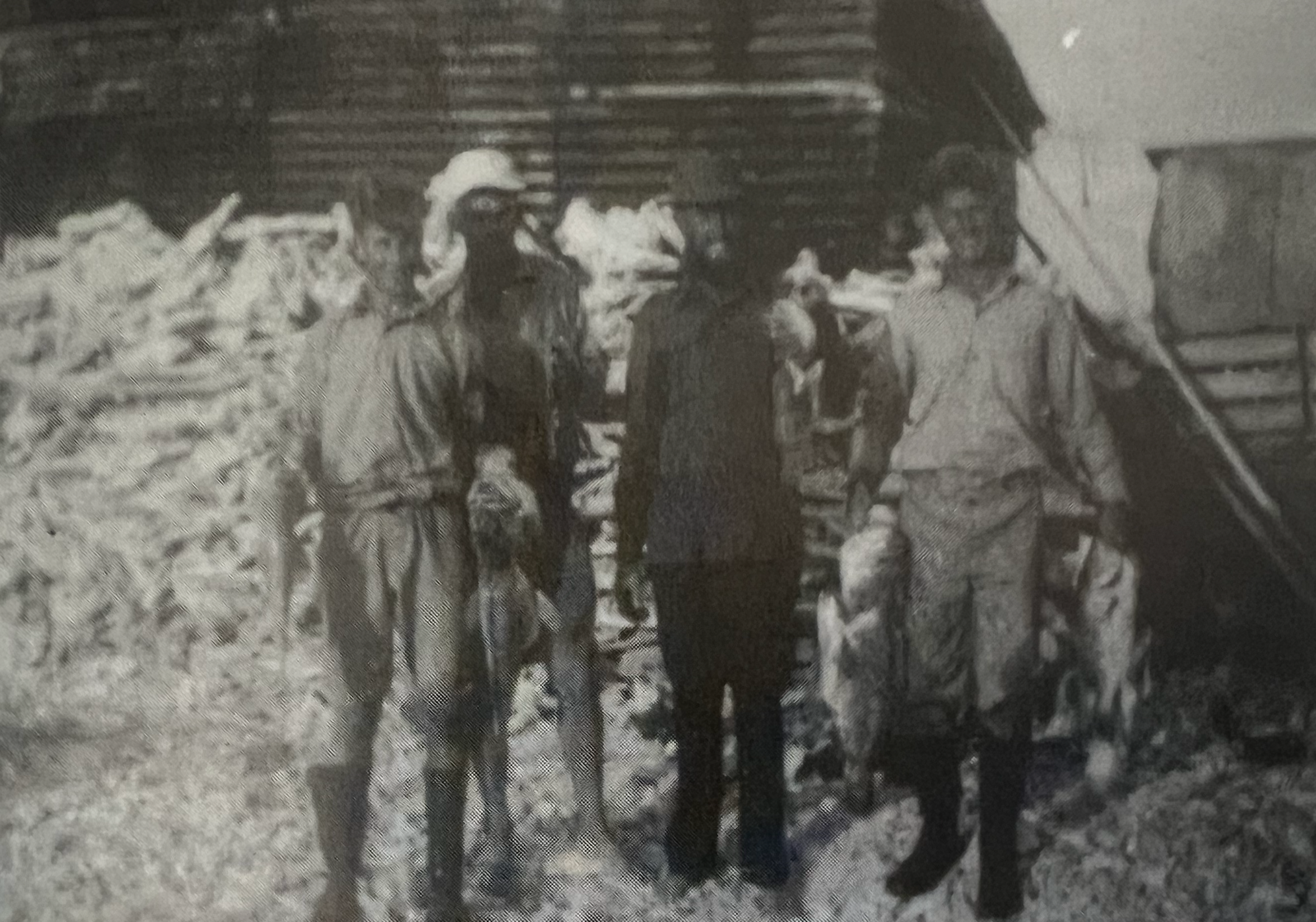Hancock Family
Country of Origin: England
Arrival in W.A.: 1800s
W.A. Region Settled: Mid-West
An early fishing family of English descent was the Hancock family. It is believed that Richard Ezekial (Dickie) Hancock’s mother, Annie Hancock (nee Davis), was the first white baby born at Geraldton. Her father was the well-known William (Crabby) Davis.

Richard Ezekiel Hancock (Snr)
![Eurithmic (Bob Hancock [Colins Dad] and son Robert)](https://cdn.sanity.io/images/6qai3nxh/production/6095c4e2c30fc6ba80895c728d7ef57ed4513857-960x677.jpg?w=1920&q=75&fit=clip&auto=format)
Eurithmic (Bob Hancock [Colins Dad] and son Robert)

Richard Arthur (Jnr) and Richard Ezekial Hancock

The Betty Robyn

Fiddle Hancock, Ray Page, Bill Newbold, Colin Hancock on Basile Island
Richard (Dickie) Hancock was a net fisherman, who was also a fishmonger and fish smoker, and he sold his products around the town of Geraldton, using a three-wheeler bike with a box on it to carry his fish.
Richard Hancock’s sons, Robert (Bob) and Richard Arthur (Dick) Hancock Jnr, worked with their father netting and smoking fish and generally learnt the trade from him. In 1925, Bob purchased his own boat and began crayfishing for a living, fishing mainly around Tower Reef and Point Moore. Around 1930, Bob went to the Abrolhos Islands for the first time to fish on his 22-ft, double ended, single masted cutter Shamrock. On the journey across the mainland to Middle Island at Southern Group, Roy (Biddy) Carwardine accompanied him aboard the 30-ft, single masted cutter Dove. Biddy utilised his boat Dove as a crayfish catcher and on behalf of all involved carted the crayfish to Geraldton. The men only spent two weeks at this location before deciding to transfer to Rat Island.
Bob later fished the Islands with the 26-ft, single masted cutter John Willy.
In November 1945, Richard Arthur (Dick) Hancock Jnr fell overboard from the 28-ft fishing boat Comet, about 6 miles south of Port Denison (Dongara) and was tragically drowned (See story https://www.flatsea.org/stories/richard-arthur-hancock). He was single and left behind no children.
Bob Hancock had four sons who were all successful crayfishermen after him: Colin, Dennis (Fiddle), Barry and Robert Jnr. Colin Hancock was born in 1931. He followed in the footsteps of his father and grandfather and bought his first boat in 1947, a 16-foot plank boat with 4-horsepower engine called Cranky. It had no radio, no winch, no deckhand, no sat navigation and no echo sounder.
Colin was 16 years old with no skippers ticket required and would get his boat towed to Mangrove Island in Southern Group by the carrier boat, Batavia Road. Once there he’d unload and move into his tent for the six months. He initially fished and lived with Noel Burton. The two lads had an up-to-date kitchen with modern appliances. The dishwasher was the best available and cost nothing to operate. The dishes would be taken to the edge of the island where they would be placed in the water with a small piece of coral to weigh them down. The gentle lapping of the waves supported by the local crabs produced sparkling clean dishes. Once a week they would eat out at a local restaurant – the Miragliotta’s would feed and entertain them aboard Dove on Spaghetti night. In following seasons, Colin pitched his tent on Post Office Island. Ray Page convinced him to move to Basile Island, as he was too young to live on an island by himself. Later he moved back to Mangrove Island with his Brother Dennis. It wasn’t long before Dick Carr joined the Hancock’s and the three had meals together. Colin took on the job as head chef – three meals a day smothered by chutney. They had tinned camp pie for breakfast, tinned lamb tongues for lunch and tinned beef and mutton for tear. As Colin’s cooking skills improved further a new meal was added to the menu – tinned baked beans.
A fire destroyed his tent at one stage, but he got a new one and continued. After living in the tent for two seasons (which were longer back then), he then upgraded to a driftwood and tin camp.
The boat was then also upgraded to an 18-footer the “Betty Robyn” which cost 136 pounds. Colin then decided he would make the seven-hour journey to and from the mainland.
Colin caught all his own bait and then would pull and set his own pots by himself. He had many adventures at the Abrolhos, and many pages could be filled. Some more notable include;
- Getting stuck on the reef and using a pot to start a fire to have lunch while waiting for the tide to return.
- Seaplane pilots reading instructions as they take off on planes that always had a loose dash and had to be jumpstarted.
- Playing cricket and using the dinghy’s to field.
Colin eventually sold his cray boat but continued his passion for wet lining, spending 50 years fishing around the islands. He sadly passed away in 2016.
The fishing tradition has been carried on by his son Barry and later by his grandson Brendon, who represents the fifth generation of cray fishermen in the family.
Story Contributors
James Paratore
Simone Hancock
